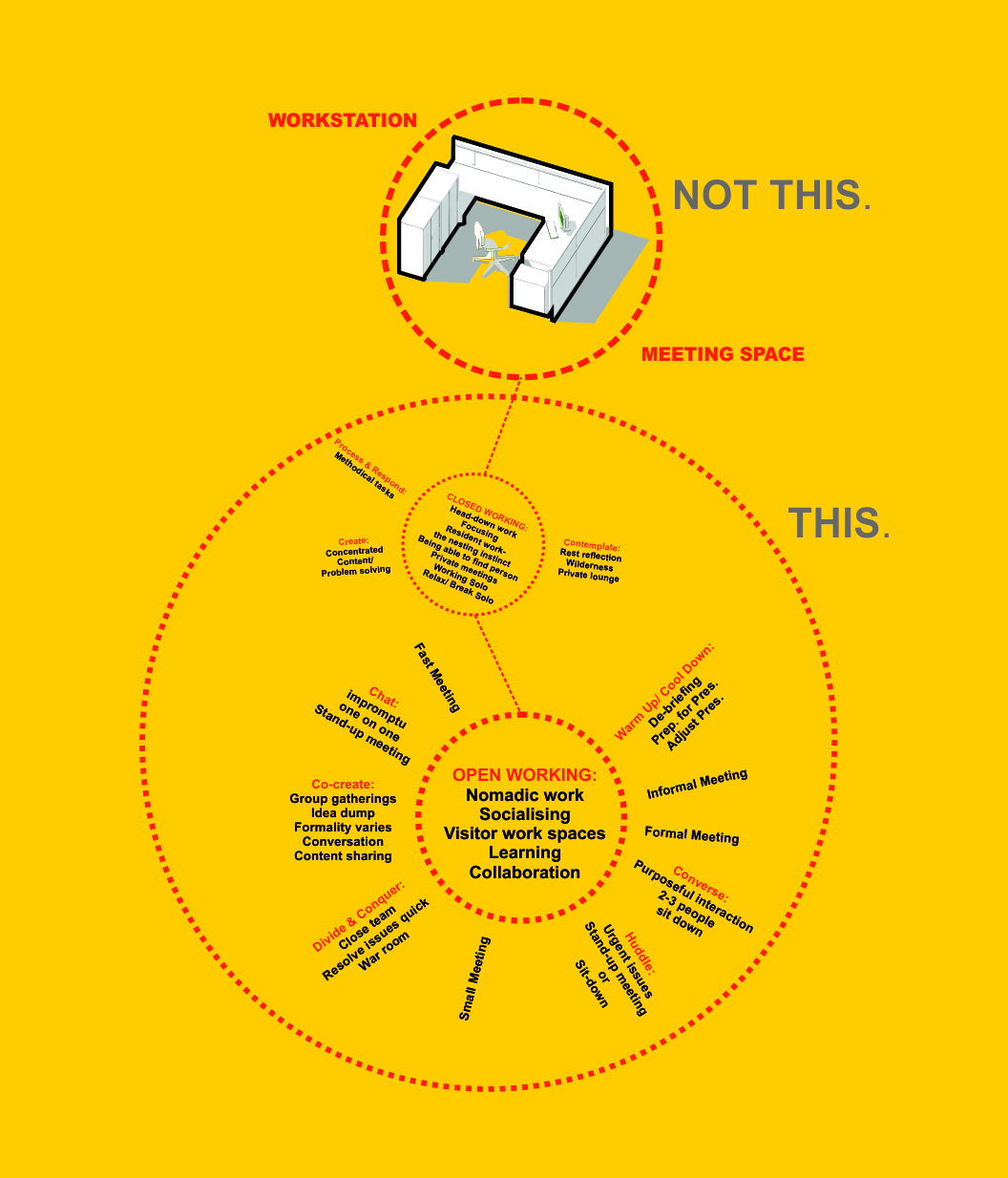Buildings don’t come with guarantees or warranties like products and systems made in other industries do, or at least not meaningful ones. And for reasons unexplored and unexplained, we are told that this is inevitable. This is a significant issue when you consider it. Why is it so routinely accepted by everyone involved, including designers, contractors, and particularly, the customer and end-user?
The dysfunctional way we go about creating buildings is accepted largely because we believe this situation is fixed and unchangeable. There is a perception that architecture and construction are somehow different to other industries. Buildings are more complex or more contingent than other design challenges apparently. One quick comparison we provide to the clients and contractors we work with, to address this thinking, is that of the cruise ship…
Think about shipbuilding. In many ways it is much more demanding than architecture. A ship has a higher number of unique parts than most buildings. Many of those parts are constantly moving also. Ships have the same basic requirements of shelter as a building, they must protect and enclose large numbers of people, and they must have a long shelf-life and withstand extreme conditions throughout their lifetime. On top of all that, the ship has the added risk that it could very well hit an iceberg and sink at some point. Yet naval architecture and ship building don’t suffer from the same problems we do. The Queen Mary built in 1936 is still sailing. The Star of India built 1863 is still going too. Some cruise liners are so large they resemble floating towns. The largest ship in the world, Maersk Line’s Triple-E vessel, is 10 storeys wide and longer than the Empire State Building (and was assembled in less than 12 weeks).
So shipbuilders must contend with a greater number of varying factors, more complexity, and larger risks but they can deliver better results than construction. Architecture and construction are different to other industry but the problems we face are not more unique nor more onerous.
Interested in how we can challenge the way we do things now, and how we can produce buildings that can compete with the shipbuilding and automotive industries? Want to delve into the other crucial questions we need to be asking about our industry? Topics like;
- What if we made cars like we make buildings?
- Why bother changing the way we do things now?
- How money should flow in a project…
- How to think about a building project; the “virtual” company approach.
- How to change mindsets and fix the contract.
- What are the specific benefits to you of a new approach; as a client, a contractor, or a designer?
- How to use incentives to drive quality and cost reduction: shared pain and gain.
- Better ways of designing and constructing buildings; step by step.
- The Quick- Start Guide: do this on your projects now.
Fill in the form below to get our full hard-hitting guide to a better way of making buildings. Excellent research and tactics, free for you, no strings attached.


